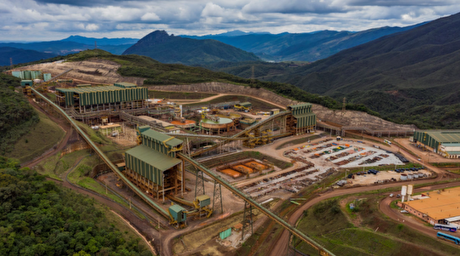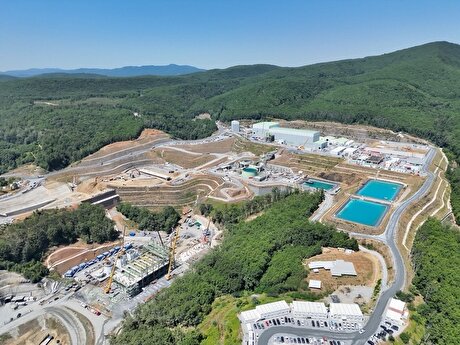
Iran’s LNG exports to Afghanistan quadruples in 5 months
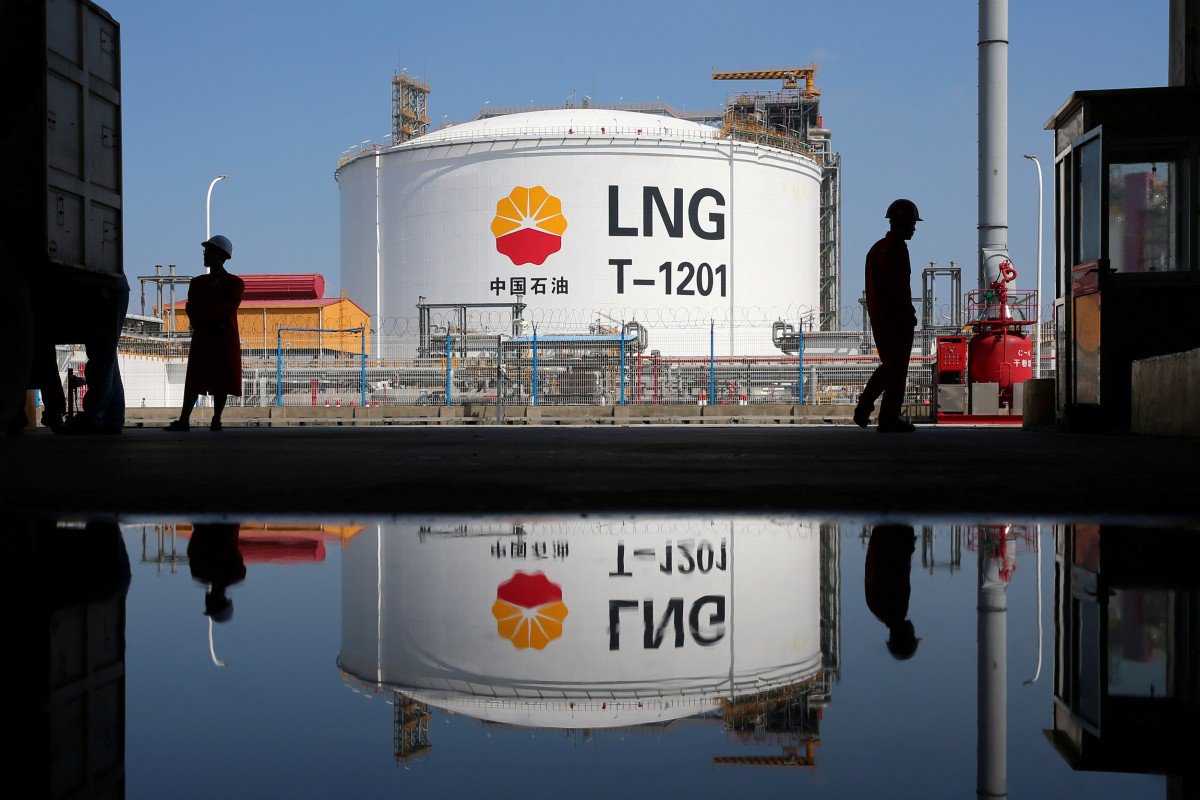
So far 98,417 tons of LNG were exported to Afghanistan through Doqaroun border customs, showing a four-time rise compared to the corresponding period last year,” Kouhgard said.
Iran exported 44,929 tons of LNG to Afghanistan during the same period last year, he added.
Currently, 10 tanker trucks carry liquefied gas from Doqaroun Border Terminal to Afghanistan on a daily basis.
About 80 percent of the exported gas consists of raffinate and LPG (liquefied petroleum gas), he said, adding, “100 percent of Iran’s gas exports to Afghanistan is carried out through Doqaroun Border to Herat in Afghanistan.”
Accordingly, 3,600 fuel tankers were loaded in Doqaroun Border towards Afghanistan last year (ended March 20, 2019), he stated.
He put the total liquefied gas volume exported to Afghanistan from the northeastern province of Khorasan Razavi in a recent year at 145,113 tons.
Doqaroun Border Terminal is able to deliver up to 1,500 tons of liquefied gas to tankers every day.
Doqaroun is located 18 kilometers from the city of Taibad bordered with Afghanistan in Khorasan Razavi Province.
Last month, a senior energy delegation from Iran visited Kabul, in a bid to further increase energy cooperation between the two countries and to further discuss power supply to Afghanistan.
Iran is the main energy supplier of Afghanistan, providing the poor neighboring country with electricity, oil, oil products and gas. Due to Kabul’s heavy dependence on energy supplies from Iran, the U.S. sanctions has not affect the cross-border interactions and trade between the two countries.


First Quantum scores $1B streaming deal with Royal Gold
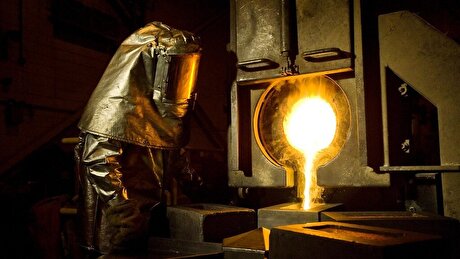
Newmont nets $100M payment related Akyem mine sale

Caterpillar sees US tariff hit of up to $1.5 billion this year

Gold price rebounds nearly 2% on US payrolls data

Goldman told clients to go long copper a day before price plunge

Australia pledges $87M to rescue Trafigura’s Nyrstar smelters in critical minerals push

Copper price posts second weekly drop after Trump’s tariff surprise
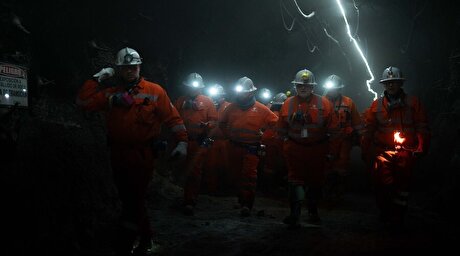
One dead, five missing after collapse at Chile copper mine
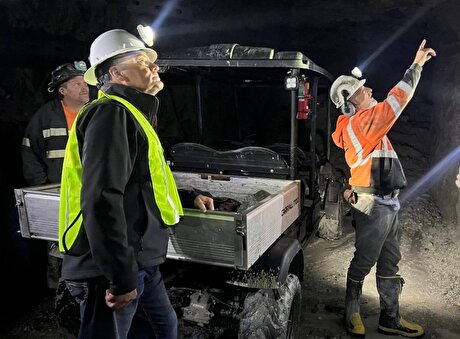
Idaho Strategic rises on gold property acquisition from Hecla

Century Aluminum to invest $50M in Mt. Holly smelter restart in South Carolina
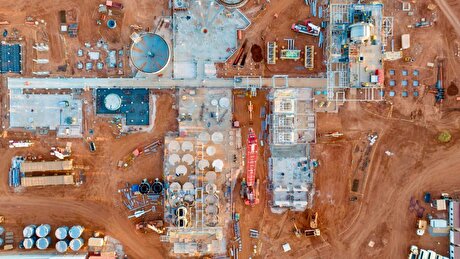
Australia to invest $33 million to boost Liontown’s Kathleen lithium operations
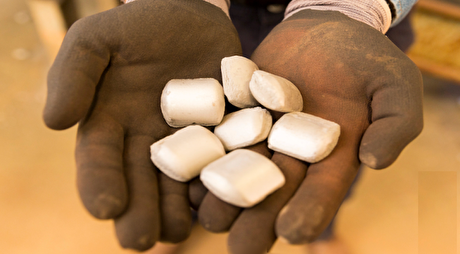
Glencore warns of cobalt surplus amid DRC export ban
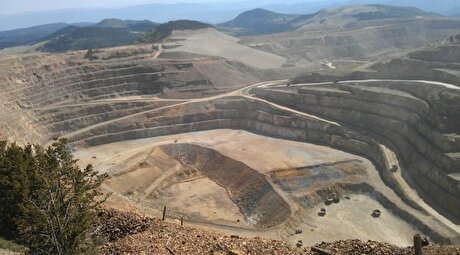
SSR Mining soars on Q2 earnings beat

A Danieli greenfield project for competitive, quality rebar production

China limits supply of critical minerals to US defense sector: WSJ
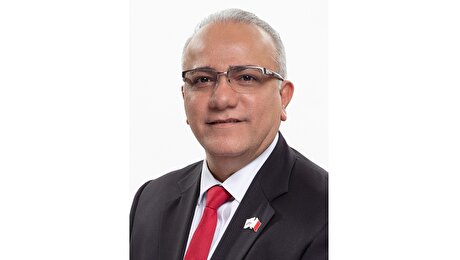
Alba Hits 38 Million Safe Working Hours Without LTI
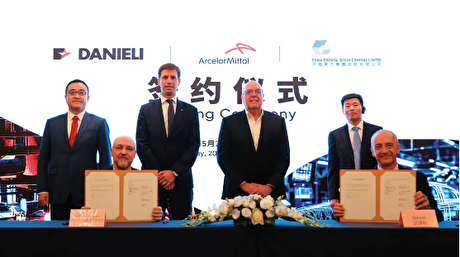
Advanced cold-rolled strip for China’s New Energy Vehicle market

Codelco seeks restart at Chilean copper mine after collapse

US slaps tariffs on 1-kg, 100-oz gold bars: Financial Times

Australia to invest $33 million to boost Liontown’s Kathleen lithium operations

Glencore warns of cobalt surplus amid DRC export ban

SSR Mining soars on Q2 earnings beat

A Danieli greenfield project for competitive, quality rebar production

China limits supply of critical minerals to US defense sector: WSJ

Alba Hits 38 Million Safe Working Hours Without LTI

Advanced cold-rolled strip for China’s New Energy Vehicle market

Codelco seeks restart at Chilean copper mine after collapse

US slaps tariffs on 1-kg, 100-oz gold bars: Financial Times
